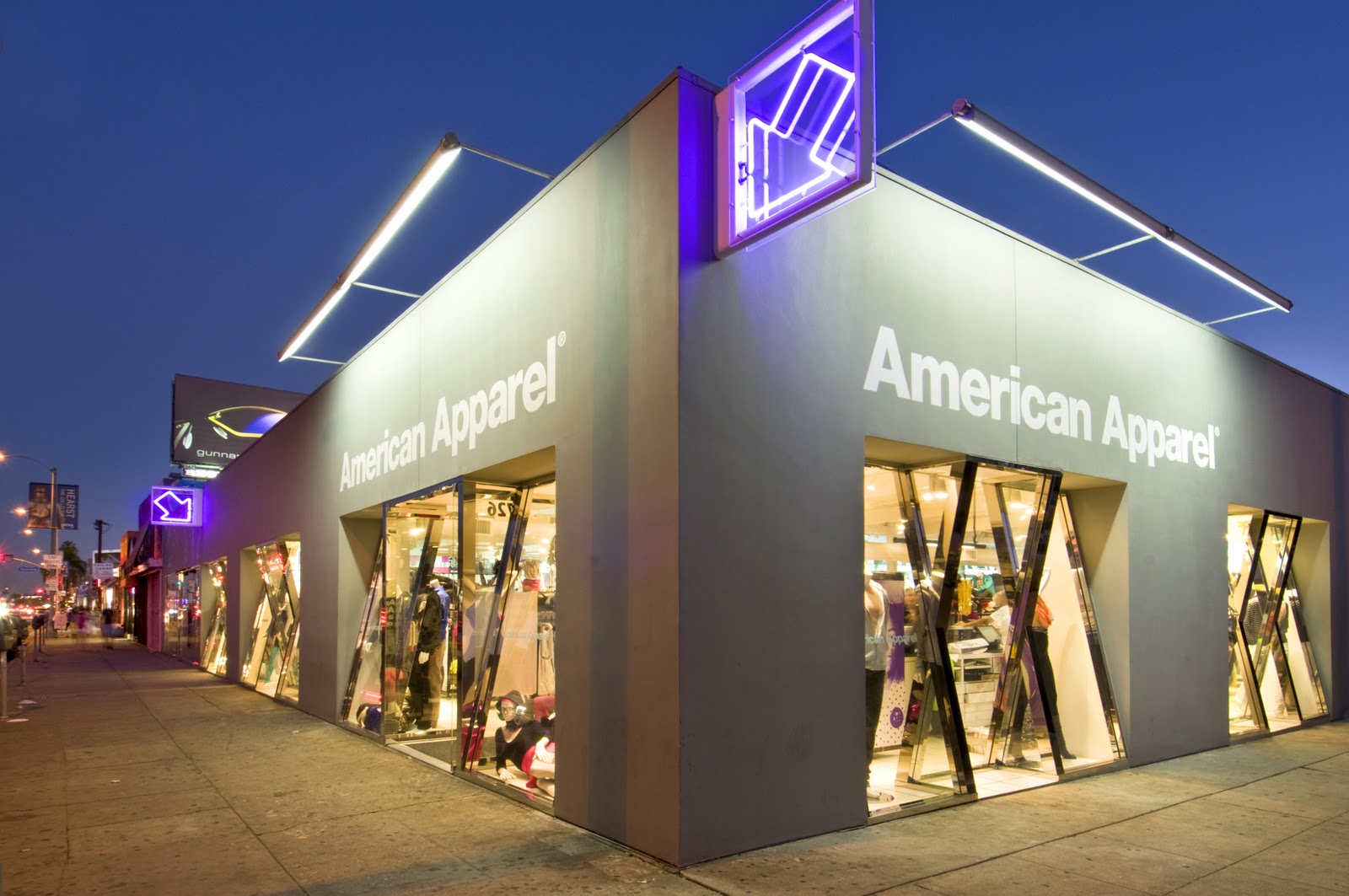

Therefore, since these young adults have little money to spend on premium or branded clothing, they spend little on apparels. This, in turn boosts the sales of low-cost fashion brands such as Zara and H&M.
Low cost, a great puller
Maureen Atkinson, Senior Partner at global retail advisers, J C Williams Group believes this shows that the earlier model all about the logo, has changed now.
Meanwhile stock value of American Apparel dipped further to record a net loss of $19.4 million and a 17 per cent decline in revenue in its most recent quarter. Atkinson says the brand’s customer has outgrown it and the brand not been able to resonate or connect with the next generation. Atkinson too confirms the millennial generation has lower employment rates, non-dependable jobs and many worked on contract. Many have student debts and if they came across fashion for less money, they would spend less as then they would be able to spend more on consumer electronics, which has become a priority.
Advantage low-priced brands
However, while American Apparel and other branded retailers were having a hard time, Zara and H&M were making a killing as they kept their prices low by operating as efficiently as possible and also provided what was in trend. Emily Scarlett, H&M Canada’s spokeswoman says they have the best prices for customers by having in-house designers, no middlemen, buying in large volumes, efficient logistics, buying the right products for the right markets and being cost-conscious at every level. Also, the brand is both, importer and retailer, thus it could maintain full control over every link in the supply chain, from the supplier to the store. She further feels the lead time for garments varied and they placed orders well in advance for basics with high-volumes and also for the brand’s annual fashion collections. Garments that were trendier had a quicker turnaround time.












